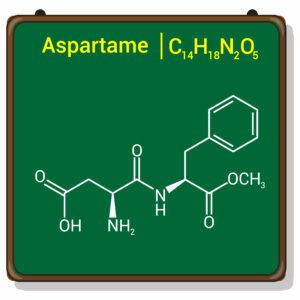Study Finds Widespread Contamination in 97% of Chicken Sold in the US!
January 23, 2014
 639
639 
Forget the alcohol. Never mind the prescription drugs. It looks like the FDA should require a new WARNING label on chicken!
That’s because a startling new report reveals:
97% of chicken breast contains harmful bacteria that can make you sick as a dog!
A recent Consumer Reports analysis of more than 300 raw chicken breasts purchased at stores across the U.S. found potentially harmful bacteria lurking in a whopping 97% of chicken – even organic brands!
The report analyzed raw samples of skinless, boneless chicken breasts… thin-sliced breasts… breast tenderloins… and skin-on, bone-in breasts from four major brands (Perdue, Tyson, Pilgrim’s and Sanderson farms).
Non-major brands (including store brands and minor brands), as well as a sampling of “anti-biotic free” and “organic” brands were studied…
… and the results will blow you away!
Overall there was no difference in the total occurrence of all bacteria between conventional brands and those labeled no antibiotics or organic. And all brands contained worrisome levels of bacteria.
But there’s more. Chicken was tested for six bacteria – including salmonella, campylobacter and staphylococcus aureus (which are some of the most common bacterial causes of food poisoning)… E. coli… and enterococcus.
A shocking amount of chicken breasts were tainted with E. coli (65.2%) and enterococcus (79.8%). More than half of the samples contained fecal contaminants. And about half (49.7%) of the chicken samples contained at least one bacterium that was resistant to three or more commonly prescribed antibiotics.
And that’s a HUGE deal since the CDC reports antibiotic-resistant infections are linked to at least 2 million illnesses and 23,000 deaths in the U.S. each year!
How the heck do these dangerous bacteria get into raw chicken in the first place?
According public health expert J. Glenn Morris Jr., M.D., here are three ways these harmful pathogens make it into the chicken you and your family eat for dinner…
So, is there any chicken breast that’s safe to purchase?
Since the Consumer Reports analysis couldn’t find a brand of chicken breast that had fewer bacteria than the rest – what kind should you buy?
According to Consumer Reports toxicologist Dr. Urvashi Rangan, Ph.D., “At the moment, the only way to protect yourself from becoming sick is to remain vigilant about safe handling and cooking.”
However, it’s good idea to purchase chicken that’s labeled antibiotic-free. These chickens are raised without the use of antibiotics. And buying these products helps…
By the way, if you’re confused about the difference between organic vs. free-range vs. antibiotic-free chicken.
Try these 6 tips to prepare chicken safely and reduce the risk of food-borne illness in your home!
Does this new research change the way you’ll shop for poultry from now on? Are you concerned about your risk of food-borne illness when you and your family eat chicken? Please share your comments below!

A new study suggests that a widely used sugar substitute found in diet sodas, chewing gum, and low-sugar yogurt may elevate insulin levels. This could increase the long-term risk of heart disease. “Artificial sweeteners have infiltrated nearly all types of food, making it crucial to understand their long-term health effects,” said Yihai Cao, senior author […]

Diet Coke has long been a fan-favorite among soda lovers who want a fizzy, guilt-free alternative to traditional soft drinks. While its zero-calorie, zero-sugar label makes it seem like a healthier option, the reality is far more concerning. Despite its undeniable popularity, Diet Coke’s nutritional profile has raised red flags among health experts for years. […]

New study shows that embracing an anti-inflammatory, plant-forward diet can support cognitive function and help reduce the risk of dementia. What You Eat Shapes Your Brain The food you eat doesn’t just impact your body—it also affects your brain. Research suggests that eating an anti-inflammatory, plant-based diet can help improve memory, focus, and overall brain […]